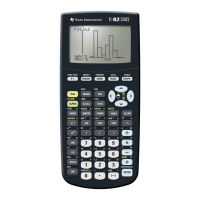If you call cubic like this:
cubic(x*(x-3)*(x+2)-7*(x-3)*(x+2)*i,x)
then the returned solutions are {-2,3}: the complex solution of 7i is not returned. However, if cubic() is
properly called with the underscore, to indicate that x is complex, like this
cubic(x_*(x_-3)*(x_+2)-7*(x_-3)*(x_+2)*i,x_)
then the correct solutions of {-2, 3, 7i} are returned.
cubic() and quartic() first try to find an exact solution with czeros(). If an exact solution is not returned,
they use Cardano's formula to find the solutions. One reference which describes Cardano's formula is
the CRC Standard Mathematical Tables and Formula, 30th edition, Daniel Zwillinger, Editor-in-Chief.
(Contributor declines credit. Credit also to Glenn Fisher and Pini Fabrizio.)
[6.11] Rounding floating point numbers
To round a floating point number n for further use in calculations, use
expr(format(n,
fcode
))
where fcode is a format string. To round a number to a specific number of fractional decimal digits, use
fcode of "Fd", where 'd' is the number of digits. For example, for three fractional digits, use
expr(format(1.23456789,"F3"))
which returns 1.235
To round a number to a given number of significant digits, use fcode of "Sd", where (d + 1) is the
number of significant digits. For example, for 6 signficant digits, use
expr(format(1.23456789E10,"S5"))
which returns 1.23457E10
This method works by using the format() function to do the rounding, then using expr() to convert the
string result back to a number. The distinction between fractional digits and significant digits is made by
using "Fd" for fixed format, or "Sd" for scientific format.
(Credit to Andrew Cacovean)
[6.12] Find faster numerical solutions for polynomials
As shown in tip [11.5], nsolve() is accurate and reliable in solving polynomial equations, but the speed
leaves something to be desired. This tip shows a way to find the solution faster. This method requires
that the equation to be solved is a polynomial, and that an estimating function can be found. This
estimating function must be a polynomial, as well.
6 - 14

